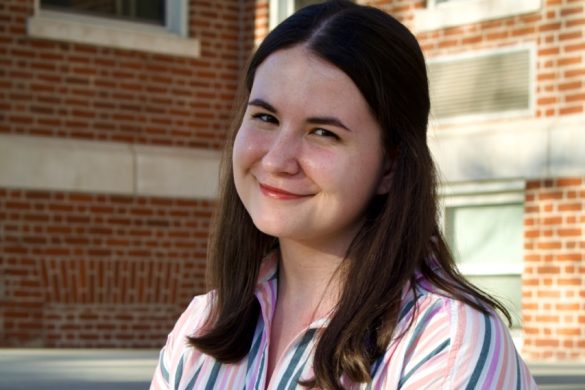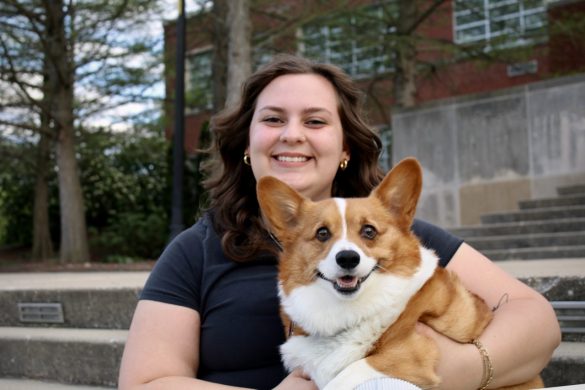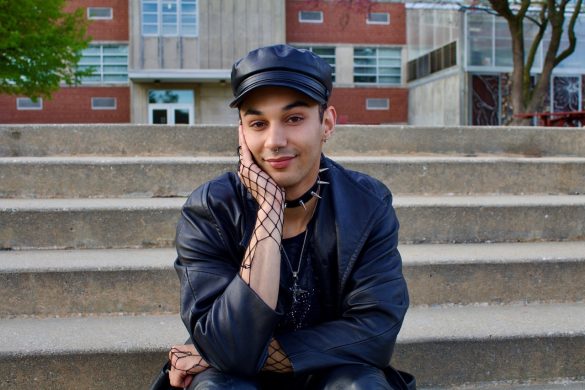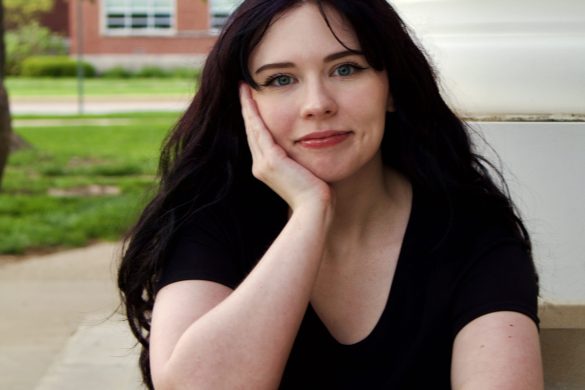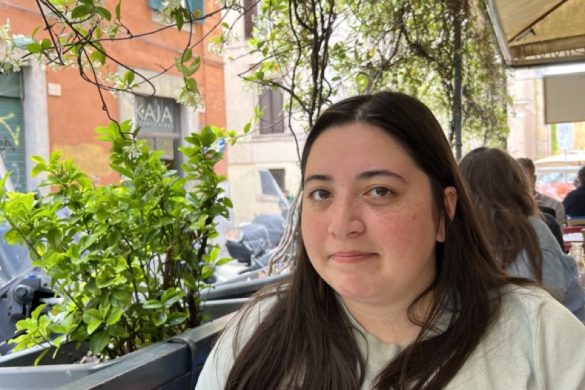It was a typical Saturday afternoon for me on May 24, and I was doing what a million other millennials love to do: surfing the Internet. The Internet, a cornucopia of cat gifs, trolls and memes. That is one way to look at the Internet, but I found out that day it was actually a whole lot more. I noticed a post one of my friends had made on Facebook about the Isla Vista murders, which I had not heard about until that moment.
For those who do not know, on May 23, 22-year-old Elliot Rodger in Isla Vista, CA injured 13 people and murdered six others before killing himself. When police investigated the crime, they found on YouTube a video of Rodger, where he states he has never had a girlfriend and is often rejected by women, and the murder spree will be his revenge. (The video has since been taken off YouTube.)
When I finished reading the article detailing the tragic events, I became afraid. A man murdered people because women had rejected him. Those kinds of people exist? Could it happen to me or one of my friends? I wanted answers, so I went back to the Internet and tried to find them.
It was through this I stumbled across the #YesAllWomen tag on Twitter and Facebook. I saw men and women using the tag and telling their stories of being harassed or assaulted, explaining what feminism is and why it is important. It was amazing to see because people were not only speaking up for themselves, they were speaking up for me and the people I care about as well. They were calling for change and expressing why it needed to happen.
But can a hashtag really change the world?
Most people seem to think of the Internet as a virtual reality. “It’s on the Internet, so it can’t hurt you,” is something I have heard people say multiple times. I have also come across people saying cyberbullying is not an issue because it takes place on the Internet. But that mentality is wrong. The Internet is not virtual reality, it is reality. Behind every computer monitor is a person with real emotions and real ideas that they are choosing to share. In other words, for people these days, the Internet is a soapbox, a platform for people to come together and express their opinions and their ideas and promote change. And using a hashtag is not the only way for people to have their voices heard either.
Another way people have been using the Internet to promote change is by creating and promoting petitions on Change.org, a website created in 2007. According to the website, there are 70 million users in 196 countries. Anyone who has an account on the website can make a petition and the petition is posted on the website for visitors to see, as long as the petition follows the website’s guidelines.
Several petitions have been successful, such as the 2011 petition prompting Bank of America to drop their five dollar debit card fee. The petition was signed by 300,000 people including President Barrack Obama. Other issues addressed on the website include female genital mutilation, wrongly convicted criminals and gay rights. Not every petition is a success, but the fact that one person can create one in order to say “this is wrong” and thousands of people will say it with that person is amazing.
Nearly every movement has a website, Facebook page or Twitter that shares news and opinions while allowing a user to share his or her own. It is an interesting phenomenon when people gather together from all kinds of corners for one cause, but is it enough? What are they really accomplishing? Internet users are sharing, but is that enough to cause change to happen? Personally, I do not really know. I do not know if the #YesAllWomen tag is enough to change things because it is just too early to tell. But I do know this: The stories shared are opening eyes, they are making people notice what they did not notice before, and by doing this,

